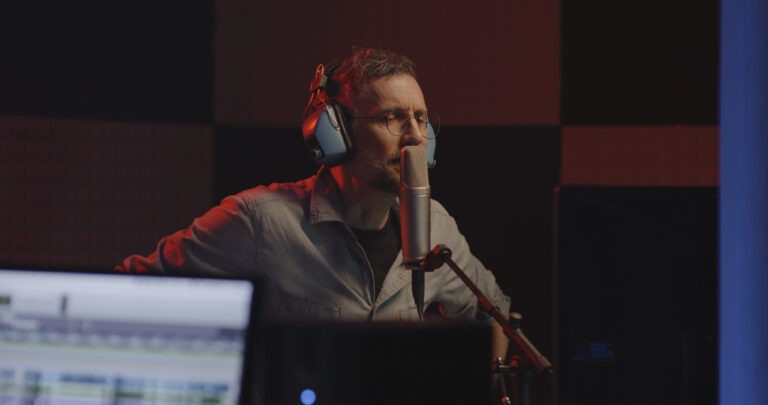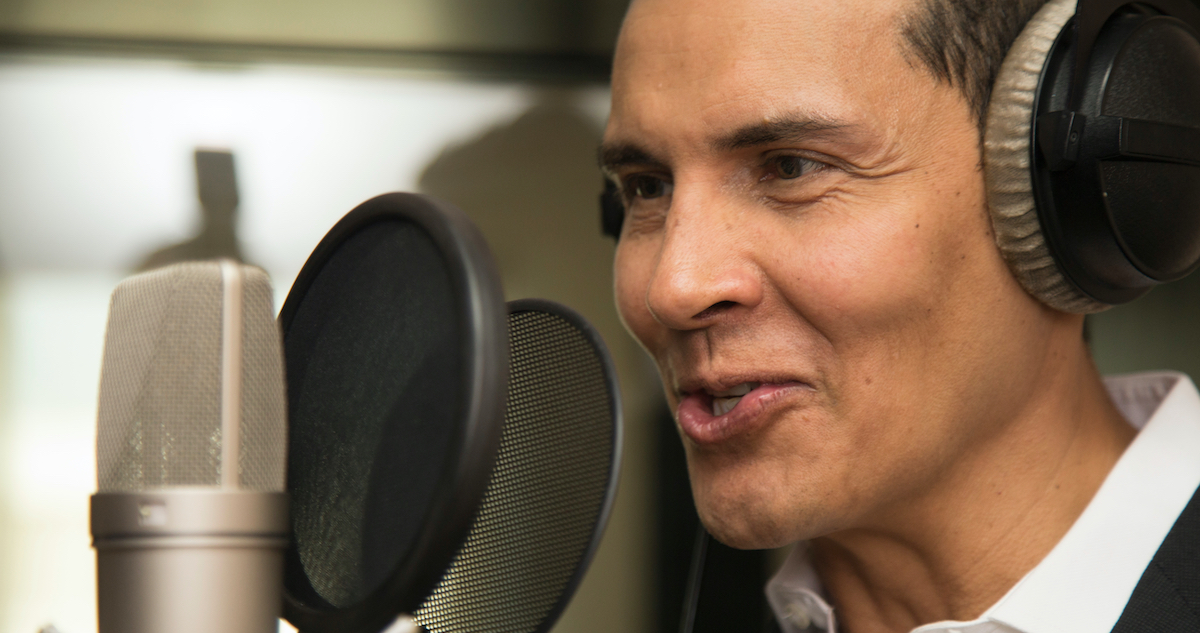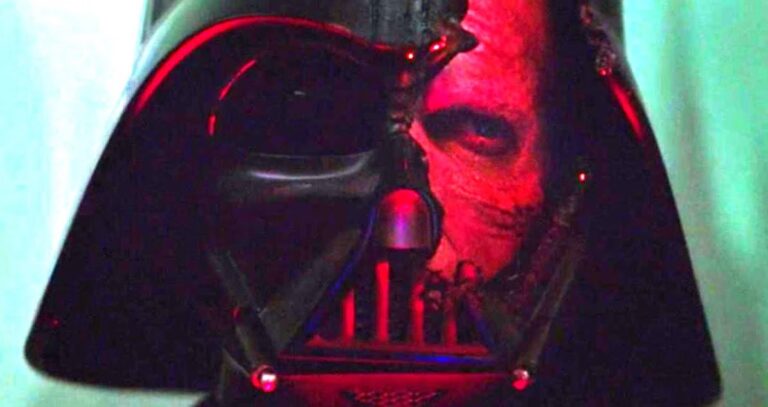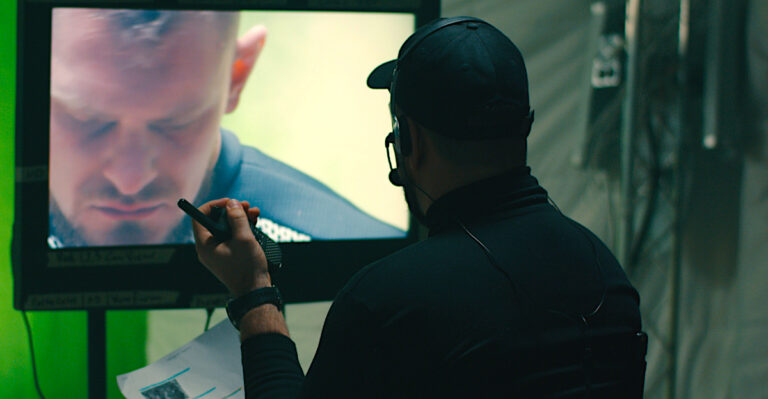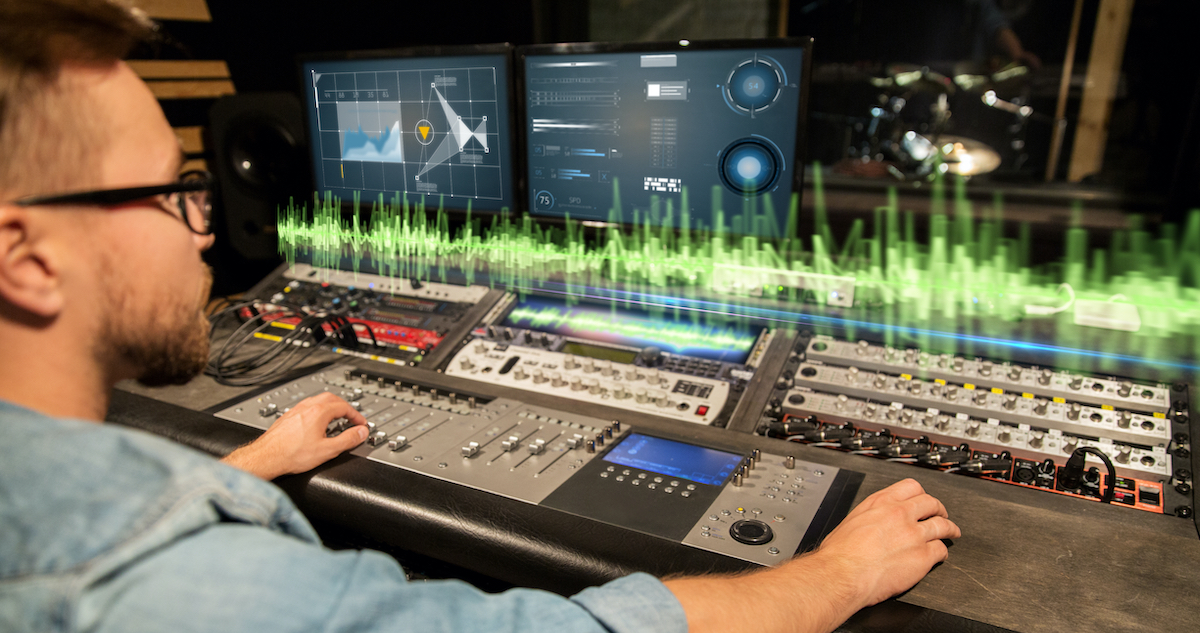Which film character best encompasses the iconic Val Kilmer voice? Could it be Simon Templar from The Saint or John ‘Doc’ Holliday from Tombstone? Or the legendary Lt. / Admiral Tom ‘Iceman’ Kazansky from Top Gun and the sequel. Whichever character resonates best with you, there’s no denying that Val Kilmer’s voice is the hallmark of 90s on-screen and voice over cinema.
Kilmer’s charismatic voice infused old-school charm into the most high-profile Hollywood characters. In recent years, however, Kilmer fought an intense battle with throat cancer – resulting in the loss of his voice. But with the help of voice synthesis company Sonantic, Val Kilmer’s AI voice made quite a comeback in Top Gun: Maverick – 36 years after the original movie was released. This incredible feat unveils a new enigma: AI voices replacing human voices – like that of Star Wars Darth Vader. So, with AI voices being a hot topic in the voice over industry, let’s explore what happened to Val Kilmer’s voice, the part Top Gun: Maverick played in reviving his voice, and the impact AI voices could have on your audio projects.
What happened to Val Kilmer’s voice

While in his 50s, Kilmer was diagnosed with throat cancer that affected his voice. According to The New York Times Magazine, he eventually underwent multiple rounds of intense chemotherapy, radiation, and a surgical procedure called a tracheotomy. And though the treatment left his cancer in remission, it also took away his natural speaking voice. But this loss became a personal challenge Kilmer was determined to overcome. And it’s one of the primary reasons behind his crusade on Facebook to reprise his role of Iceman when talk of a Top Gun sequel emerged. In a GMA interview, Kilmer spoke of his voice impediment: “It’s just like any other language or dialect; you have to figure out a way to communicate that’s no different from any other acting challenge.”
How Top Gun Maverick brought back Val Kilmer’s voice
In Top Gun: Maverick, the blockbuster hit of 2022 – innovative AI voice technology brought Val Kilmer’s voice back to life. Filmmakers explained that a challenging aspect of casting Kilmer was weaving in his real-life cancer struggles with the Iceman character. So, Iceman underwent a similar throat cancer struggle to Kilmer, which would explain his on-screen communication via computer monitor with text. But producers also dubbed Kilmer’s acting with AI voice over to make the scene more authentic.
To reproduce Val Kilmer’s voice, the production crew used archival footage and AI-based voice dubbing techniques developed by Sonantic. The company’s AI used the footage to mimic Kilmer’s iconic speech patterns. The result? Sonantic created a freakishly on-point rendition of Val Kilmer’s voice that’s still Kilmer with an ounce of AI.
How Sonantic created the Val Kilmer AI voice
Usually, when Sonantic creates an AI voice model, they work directly with an actor to record a script performance. But the Val Kilmer AI voice was unique since the actor couldn’t read a script. So, after removing background noise from old audio recordings of Kilmer’s voice, the company used its voice engine to teach the voice model to speak just like him. They even developed new algorithms to produce higher-quality voice models.
John Flynn, CTO and co-founder of Sonantic, explained that the company wanted to create a voice that would make Val Kilmer proud. A voice he could also use in future projects because it perfectly represented his natural sound. However, working with minimal data was challenging. So, the company eventually generated over 40 different voice models and chose the best one. But Sonantic’s Kilmer recreation is more than a vocal replica. It’s the essence of the Val Kilmer voice audiences know and love.
The Val Kilmer AI voice

Although AI landed the significant role of Iceman’s voice in the Top Gun sequel, it’s essentially the Val Kilmer voice that makes the character’s voice believable. An echo of how AI technology could change the future of the human voice. Whether that’s to recreate the iconic voice of someone who has died, grown older like James Earl Jones, or can’t speak for medical reasons like Val Kilmer. In Kilmer’s case, his voice can now live on through memorable characters from the past or feature in new ones in the future.
But can AI tech really replace the human voice? Sonantic claims that their tech isn’t a substitute for a person. Instead, it generates AI voices based on compelling real-life performances by the original speaker. Much like the Darth Vader voice, that producers can use in future projects after the voice actor James Earl Jones has passed. Whether AI will ultimately replace human voices is a question only time will answer. But for now, it’s done a bang-up job of preserving the legendary Val Kilmer voice.
How to use AI voices in your audio projects
From Siri to Alexa, AI synthetic voices have been around for years. But since most AI voices are synonymous with clunky robotic speech, why should you consider using them in your audio projects? Well, fast-forward to 2023, and the once computerized voice of AI now sounds more realistic and natural than ever. Just think of Darth Vader and Val Kilmer, whose voices are now preserved with AI technology. AI voices can even dictate intonation, pitch, pace, and pronunciation through generated speech. Making them a go-to option for brands that want sound consistency. Especially when dealing with millions of customers. So, how does that work? Well, some brands must produce hundreds of audio hours monthly, from cars and digital assistants to smart devices. And the only way to handle this amount of audio data is by using AI voices.
Various AI technology can even modify language accents and dialects. A brand could then alter a podcast or ad that streams on multiple platforms by changing specific vocal characteristics instead of their script. For example, an ad for whiskey could share a promo with audiences that differ based on location. Simultaneously catering to an audience in Boston, Vermont, or even Texas. So, an AI voice is a plausible vocal alternative depending on project type and audience expectations.
Final thoughts on Val Kilmer’s voice
Keeping the Val Kilmer voice alive through AI technology attests to the combined power of technology and the human voice. And this power is what helped Val Kilmer reclaim his voice after struggling with throat cancer. In this case, AI technology recreated the Val Kilmer voice that audiences still recognize, preserving it for future projects. So, without a doubt, the future of AI and voice technology holds endless possibilities for vocal projects. And on that note, we’d like to wish you well in the world of AI voices. Whether you need an AI voice or a Val Kilmer voice, you’ll find all the voices you need at Voice123, where we guide you vocally!
FAQs
Val Kilmer was diagnosed with throat cancer in his 50s, but he was initially reluctant to seek medical attention. He eventually underwent multiple rounds of intense chemotherapy, radiation, and a tracheotomy. And though the treatment left his cancer in remission, it also took away his natural speaking voice.
To reproduce Kilmer’s voice, the production crew used archival footage and AI-based voice dubbing techniques developed by Sonantic. The company’s AI used the footage to mimic Kilmer’s iconic speech patterns.






